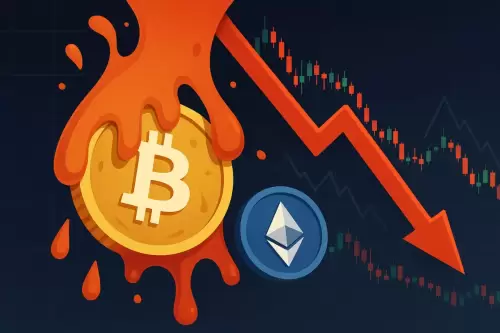 |
|
 |
|
 |
|
 |
|
 |
|
 |
|
 |
|
 |
|
 |
|
 |
|
 |
|
 |
|
 |
|
 |
|
 |
|
Cryptocurrency News Articles
SOC 2 & 3 Audits: Achieving Compliance and Building Trust in Digital Finance
Aug 01, 2025 at 11:58 pm
Explore how SOC 2 and SOC 3 audits, like those completed by Nexo, are building institutional confidence and ensuring compliance in the evolving digital finance landscape.

The digital finance world is evolving rapidly, and with it comes the increasing importance of compliance and security. SOC 2 and SOC 3 audits are emerging as key tools for building trust and demonstrating operational maturity. Let's dive into why these audits matter and how they're shaping the future of digital assets.
What are SOC 2 and SOC 3 Audits?
SOC 2 (System and Organization Controls 2) Type 2 audits focus on the effectiveness of a company's internal controls over time. They ensure that security protocols, data handling, and privacy measures are functioning as intended. Think of it as a deep dive into the nitty-gritty of how a company protects its data and systems.
SOC 3 (System and Organization Controls 3) reports, on the other hand, are publicly shareable and communicate trustworthiness without exposing sensitive operational details. It's like a highlight reel of a company's security posture, designed for a broader audience.
Nexo's Commitment to Compliance
Nexo, a digital assets wealth platform, has completed its third consecutive SOC 2 Type 2 and SOC 3 Type 2 audits. This isn't just a box-ticking exercise; it's a strategic effort to align with the due diligence expectations of banks, hedge funds, and financial regulators. In a space historically plagued by self-regulation failures, Nexo's Head of Security, Kaloyan Yankulov, emphasizes the need for institutional-grade frameworks.
Why Compliance Matters
In the crypto industry, where trust can be fragile, SOC audits serve as proactive compliance signals. They demonstrate a commitment to risk management, data governance, and operational resilience. While these audits aren't guarantees against breaches, they are indicators of operational readiness and risk awareness.
For institutional players managing billions, such certifications are foundational. Without them, platforms would struggle to gain traction in traditional finance environments. As digital assets gain traction in mainstream finance, platforms that prioritize transparency and third-party validation are more likely to secure a seat at the table.
The Canton Network and Institutional Adoption
The Canton Network, a Layer-1 blockchain tailored for institutional finance, highlights another aspect of this trend. With major players like Binance, Bank of America, and Mastercard participating, the network emphasizes privacy and institutional-grade compliance. Maestro, an infrastructure provider, joining the Canton Network as a validator further reinforces this commitment.
Looking Ahead
The trend is clear: compliance is no longer optional in the digital finance world. As the industry matures, expect to see more companies embracing SOC 2 and SOC 3 audits, not just as a way to meet regulatory requirements, but as a way to build trust and gain a competitive edge. It's about creating infrastructure-grade crypto systems that can coexist with traditional banking models.
So, there you have it. SOC 2 and SOC 3 audits might sound like dry technical jargon, but they're actually a big deal for the future of digital finance. Who knew compliance could be so exciting? 🤩
Disclaimer:info@kdj.com
The information provided is not trading advice. kdj.com does not assume any responsibility for any investments made based on the information provided in this article. Cryptocurrencies are highly volatile and it is highly recommended that you invest with caution after thorough research!
If you believe that the content used on this website infringes your copyright, please contact us immediately (info@kdj.com) and we will delete it promptly.






























































